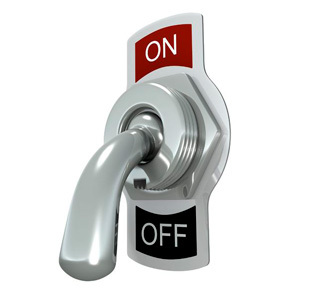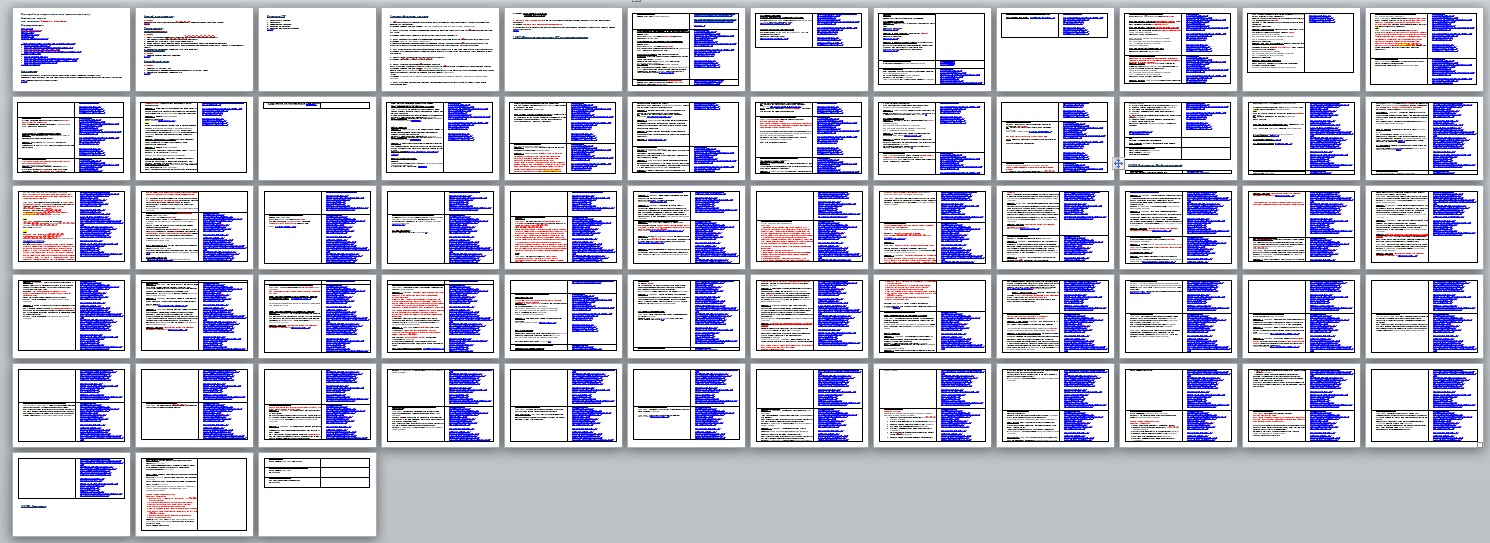CRM pumped for sales
 The company buys CRM, integrates telephony, e-mail correspondence, feedback forms from the site into it. Ceases to lose incoming requests, information about working with clients, managers no longer forget the necessary cases.
The company buys CRM, integrates telephony, e-mail correspondence, feedback forms from the site into it. Ceases to lose incoming requests, information about working with clients, managers no longer forget the necessary cases.The head expects an explosive growth in sales, but ... expectations are not met.
So, imagine that we did not just buy CRM, but also set up everything we needed for convenience.
And now a new lead arrives in the system. It is no longer easy to lose, and we know the source.
In accordance with the regulations, the system immediately plans to call the person in charge. It is very difficult to forget to call a new customer.
')
Soon it is time X and the task informs the seller that it is time to make a call and sale.
The seller calls, ascertains the details, makes an offer, and the Client decides to "think."
CRM obediently fixes the conversation and the results, takes the transaction to the next stage, launches a micro advertising campaign targeting a specific Client, in order to stir up interest in the offer, again plans a call.
The manager again dials to the Client on time, but hears a sure “no”. The transaction goes to the archive, perhaps, CRM will create a deal - try it in a few months.
What happened?
Most likely, we have perfectly sharpened the IT infrastructure for an efficient business process, but have very poorly prepared a key stage - communication with the client.
For a successful sale is not enough to make the necessary actions on time. Most often, personal contact, high-quality identification of needs, and removal of objections that arise most affect the result.
Companies in the process of communicating with Clients develop a base of typical objections, effective ways of working with them, the most effective options for self-presentation.
Often, companies even compile a manual on the proper management of telephone conversations, the so-called sales script.
But all this remains outside the main tool - CRM and then several problems arise:
1. Difficult to train. In the script, every word is important, and tens of thousands of words. Remembering all this is not realistic, especially rare objections.
Look at the not the most difficult script, 63 pages, about 6000 words without navigation:

2. It is difficult to use - you can, of course, quickly switch between Word and CRM, managing to jump to the right question between searching for information in the cards, simultaneously write important information on a piece of paper and then rewrite it in CRM. But, this is "a little awkward."
This is where the scripts are starting to be thrown by ordinary sellers: not convenient, everything just got more complicated.
3. It is difficult to analyze the compliance with the script, it is difficult to find ways to optimize it. Listening to hundreds of conversations is the leader's reckoning for an objective picture of what is happening.
4. Updating the script is also difficult. In the beginning, because of a couple of corrections, you need to change a dozen links in the structure, then the structure falls apart altogether and you have to kill several expensive hours to bring it into a new order.
5. Making changes to work is even more difficult. How to distribute changes to all? How to force to memorize new two pages? When will they finally forget the old version?
This is where the manager throws the scripts himself.
Yes, it is possible to force sellers to work with hated and unnecessary scripts with effort of will and organizational measures, you can clench your teeth at night to waste your time on constant mechanical work with the script file.
You can go the other way
Supplement CRM new functionality. Sales scripts, the most integrated with the CRM.
1. Sellers learn faster through a special mode. They see all the logic of the script clearly and quickly select the desired stage to learn.
2. It is convenient to use the script at the expense of the prompter, where before your eyes there is always the right text and the necessary scenarios. At the same time, work with CRM data is significantly accelerated - we show the necessary data from CRM at the right moment and let them be edited right in the text of the script. No need to run on customer cards and / or write on the sheets.
3. Simplify and accelerate analytics due to visual statistics for each stage of the script.
4. We give the manager a convenient tree-like editor of the structure and content of the script.
5. Immediately publish the changes and quickly retrain the sellers at the expense of the prompter.
In this case, all the work happens inside the CRM . No need to enter individual passwords, go to third-party sites and applications. We completely remove all the inconvenience of working with scripts in the classical form and make of CRM an even more effective assistant to our seller.
And you, introducing CRM - care about this important stage?
Source: https://habr.com/ru/post/317870/
All Articles